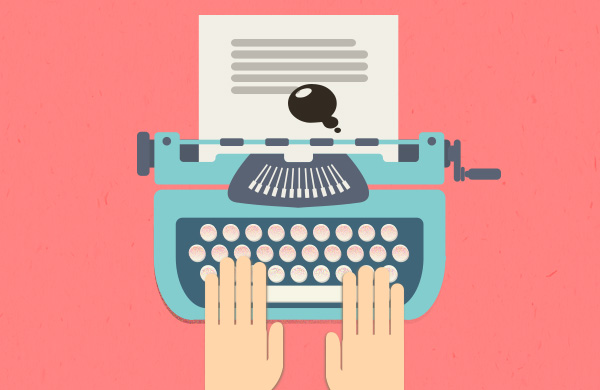Everyone makes mistakes. It’s not a secret, of course, but now you are a student and there is plenty to learn Actually, this is how studying works: you try and draw conclusions from your faults.
In your writing classes you always have tasks related to writing fiction. You’ve written stories a hundred times, but you know how it can happen: Sometimes you are mistaken even if you know quite a bit about a topic.
Yes, everyone can be wrong one day – even professionals. You must have come across some undeveloped characters in books written by well-known writers. If you didn’t notice any inaccuracies, you’ll be able to do it after checking this list of typical mistakes that spoil fictional characters.
At school seminars, teachers try to explain to you how to make your writing better, but extra information is always an advantage for those students who are eager to learn more new facts. Would you love to learn a few typical mistakes writers make and how to avoid them in future? Of course you would.
4 typical mistakes writers make while writing about fictional characters:
1. Lack of logic in characters’ descriptions
It’s important to know why you are focused on this exact character. For that reason, you need to define which character type s/he belongs to:
- The fiction plot revolves around central characters – protagonists and antagonists. The protagonist is a leading character of the story, and she or he can be a hero or anti-hero (it means that the character is deprived of positive traits – courage, generosity, etc.). The antagonist is opposed to the main character and usually provokes conflict.
- Minor characters only support the central ones and participate in untwisting plot events. There are many types of them: mentor, second in command, henchman, love interest, best friend, etc.
Please also take into consideration the following classification of characters in fiction:
- A dynamic character changes throughout the plot, usually as a result of resolving a conflict or meeting some obstacles.
- A static character consequently doesn’t change during the whole story.
- A round character is complex, many-sided and deep. Prone to contradiction.
- A flat character has only one prominent trait, the opposite of a round character.
- Stock characters are stereotypical. It’s easy to define them as they have a number of vivid characteristics: femme fatale, mad scientist, geeky-looking boy with glasses, etc.
- A foil character is the one who helps the reader learn more about central characters.
- A symbolic character embodies a certain idea.
2. Too many characters
Their names mix up, frustrate readers, distract from main events, overload the plot or simply annoy and kill any desire to keep on reading. The more characters included in the writing, the more twisted the story is – twisted in a bad way.
3. Overly tragic characters’ background
In order to provide characters with so-called “layers” and describe them as personalities with deep inner worlds, writers tend to endow them with complicated backgrounds: unresolved family issues, child abuse, imprisonment, drug or alcohol addiction, etc. Sure, it’s interesting to keep track of the character’s life, but a tragically exaggerated story may only confuse readers.
4. Poor character presentation
When you get to know central characters, you probably want to learn more about them. Having read all the points outlined above, you are likely to understand if they are heroes or anti-heroes, what type they belong to, and, consequently, you can then express your attitude towards them. But how would you figure out what they are, if they were described as dull characters?
If you are aware of these mistakes, you can now avoid them in your writings, too, and develop good content attracting readers’ attention. You will also be able to perform literary analyses of characters at school seminars or use this checklist of typical faults to find out whether a story you want to read is worth it.




